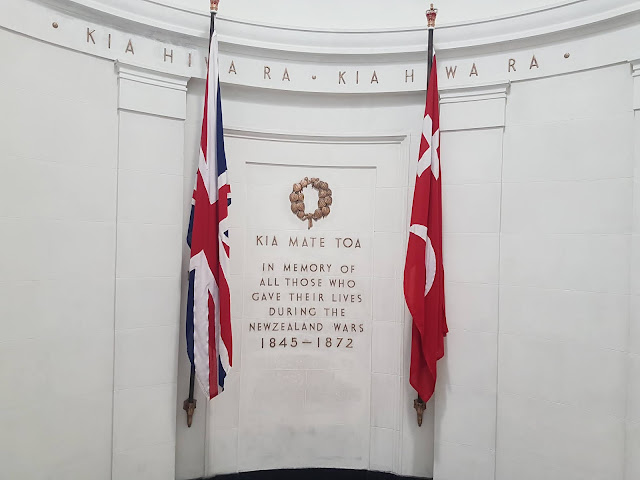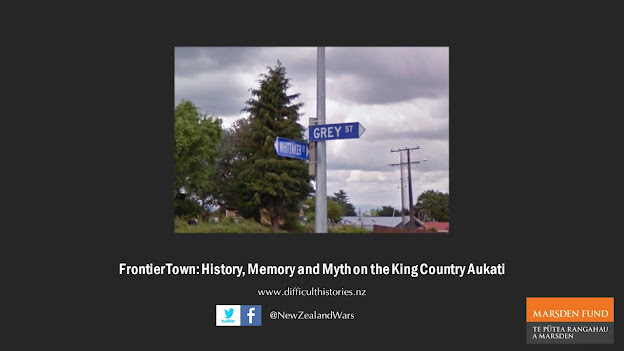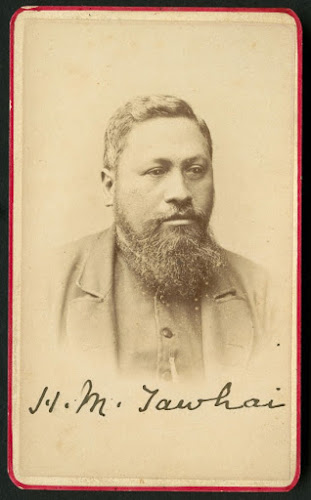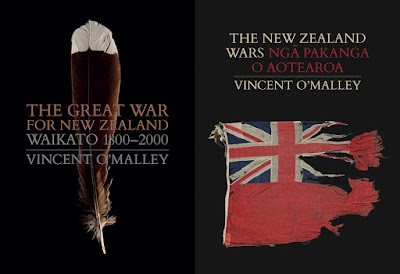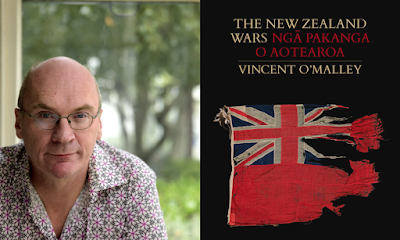Irish Precedents and the New Zealand Wars

A recent blog post discussed Irish and Māori historical connections . This post continues down this path, with a narrower focus on the New Zealand Wars. There are two aspects to this: Irish precedents for the package of land confiscation and other measures passed in 1863, and the reactions of Irish soldiers sent to New Zealand to fight in these conflicts. What did these Irishmen think of fighting a war of conquest and dispossession for which their own country had served as the original blueprint? How did they feel about doing to Māori what had been done to their own people and land? The 18 th Royal Irish Regiment arrived in New Zealand days before the invasion of Waikato in July 1863 and was the last regiment to leave the colony (in February 1870). But many men remained behind. 18th Regiment veterans and their families gather at Albert Park, 31-WP1752, Auckland Libraries As the New Zealand Settlements Act authorising land confiscations from Māori made its way through the Ne...
